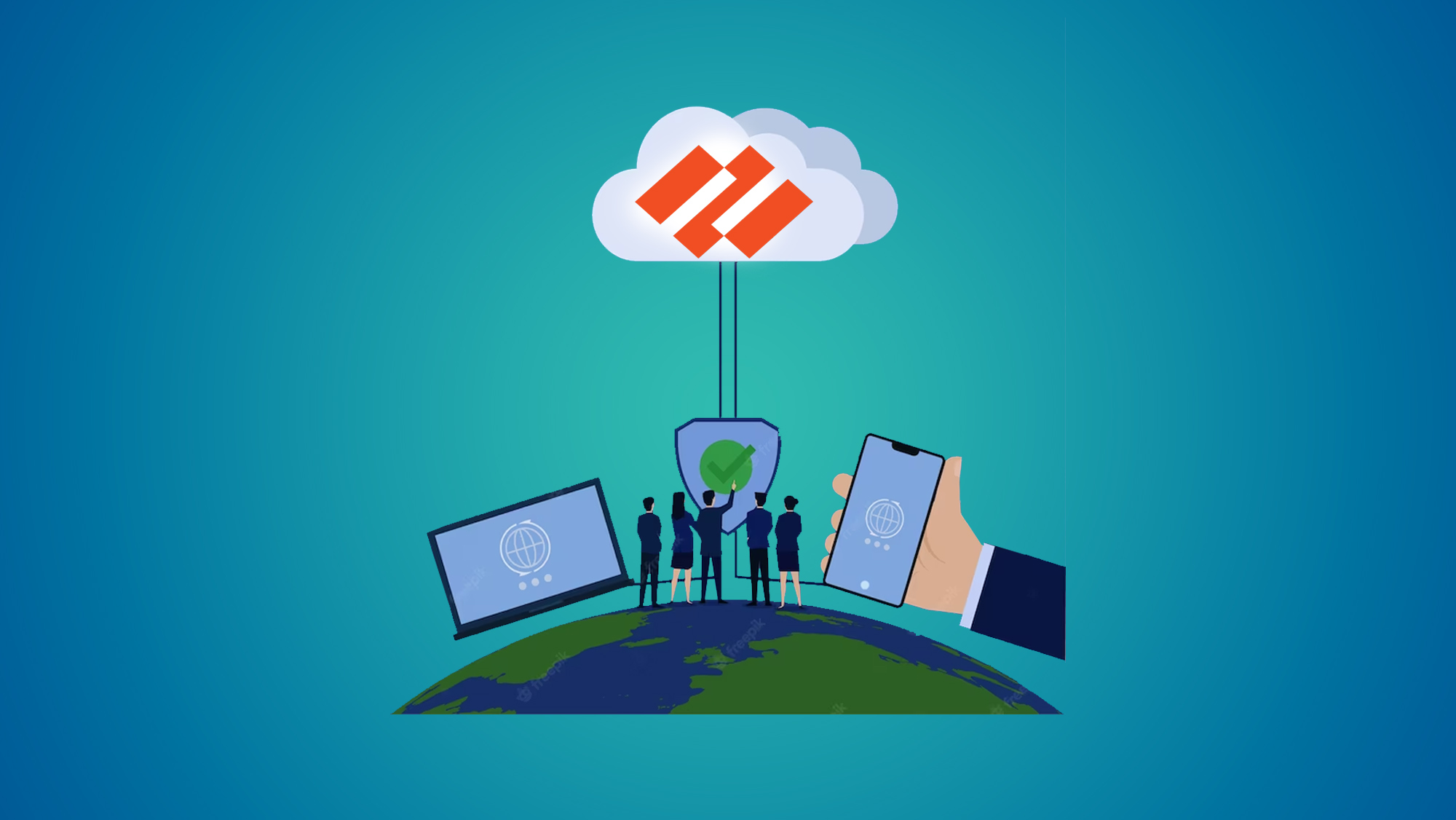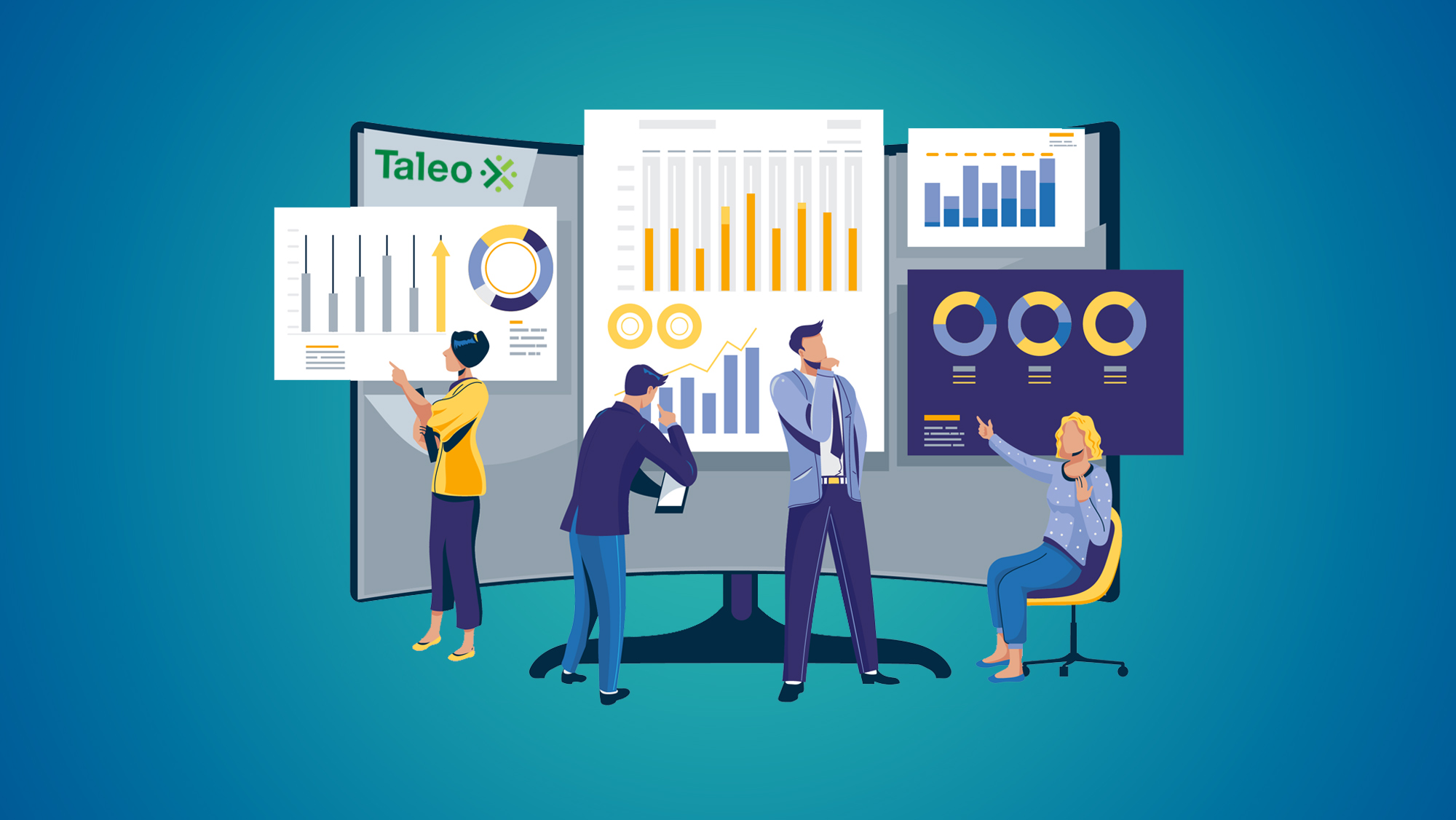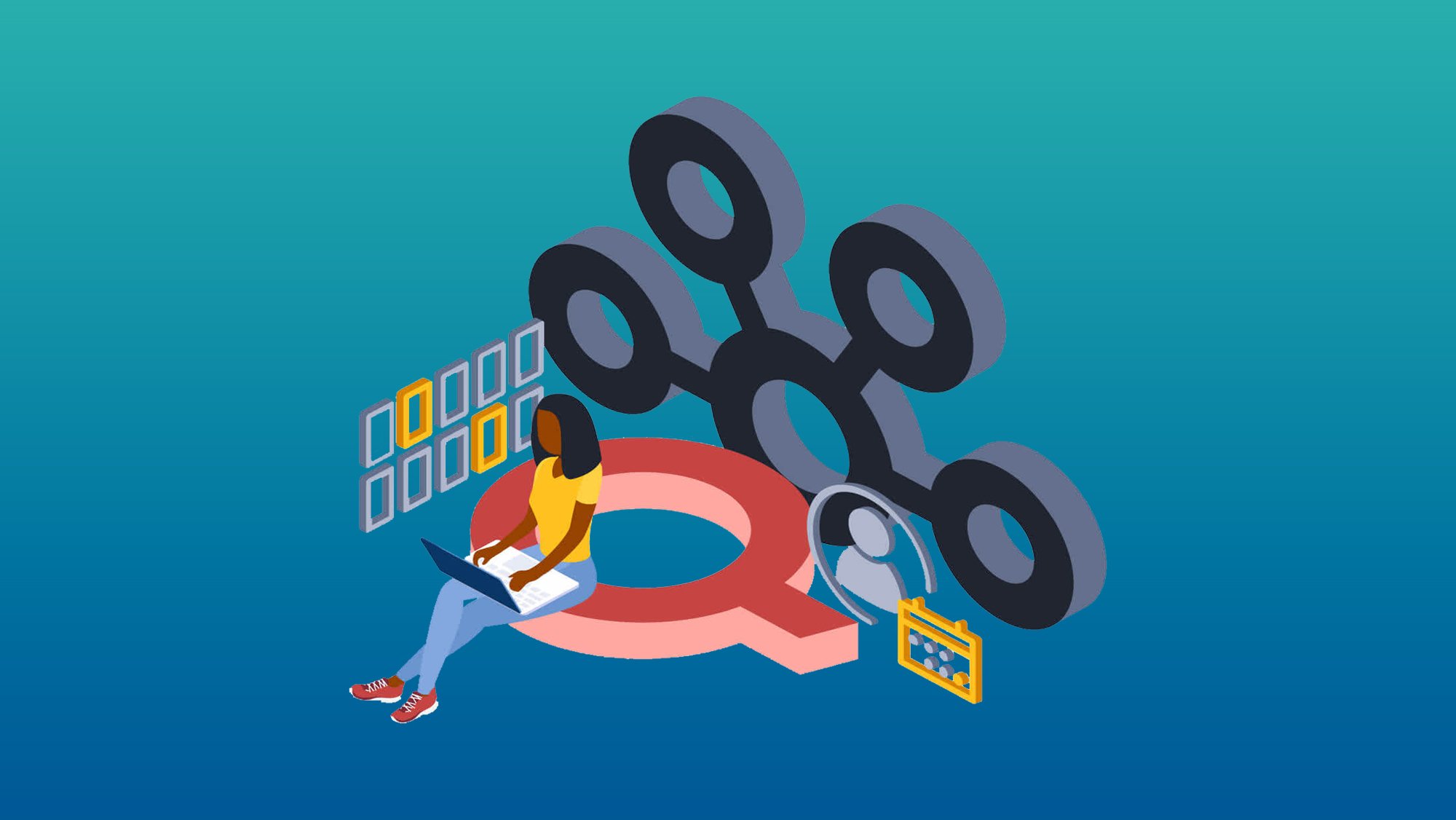Apache Kafka Vs Other Messaging Systems: Data Streaming Showdown
Introduction:
In the dynamic landscape of data streaming and real-time processing, selecting the right messaging system is paramount for building scalable, reliable, and efficient data pipelines. Apache Kafka, an open-source distributed event streaming platform, has gained significant popularity. However, it's essential to understand how Kafka compares to other messaging systems. In this blog post, we'll dive into a detailed showdown between Apache Kafka and other prominent messaging systems, exploring their features, use cases, and advantages.
The Importance of Data Streaming
Data streaming involves the real-time transmission and processing of data from various sources. Whether it's social media updates, IoT sensor readings, financial transactions, or application logs, data streaming enables businesses to react swiftly to events, make informed decisions, and uncover valuable insights.
Introducing Apache Kafka
Apache Kafka is designed to handle high-throughput, fault-tolerant, and scalable data streaming. It's built on a publish-subscribe model and organizes data into topics. Kafka's architecture includes producers, brokers, and consumers, making it a versatile platform for event-driven applications, real-time analytics, and log aggregation.
Kafka vs Other Messaging Systems
Let's compare Apache Kafka with other messaging systems to understand their strengths and use cases:
1. Apache Kafka vs Apache ActiveMQ:
Apache ActiveMQ is another popular open-source messaging system. While both Kafka and ActiveMQ facilitate messaging, they have distinct use cases. Kafka excels in scenarios requiring high-throughput, durability, and log aggregation. ActiveMQ is more suitable for traditional messaging patterns, supporting point-to-point and publish-subscribe messaging.
2. Apache Kafka vs RabbitMQ:
RabbitMQ is a mature messaging system known for its simplicity and reliability. RabbitMQ is best suited for applications with a moderate message load and traditional messaging patterns. Kafka, on the other hand, is designed for high-throughput and streaming scenarios, making it ideal for applications where real-time data processing is critical.
3. Apache Kafka vs Amazon Kinesis:
Amazon Kinesis is a managed data streaming service on AWS. It's designed for collecting, processing, and analyzing real-time data. While both Kafka and Kinesis offer similar capabilities, Kinesis is fully managed, making it a more hassle-free option for organizations heavily invested in the AWS ecosystem.
4. Apache Kafka vs Apache Pulsar:
Apache Pulsar is an emerging distributed messaging and event streaming platform. Pulsar is designed for scalability and supports multi-tenancy, making it suitable for organizations seeking to build shared data streams for multiple applications. Kafka is renowned for its simplicity and has a strong ecosystem, while Pulsar focuses on enabling efficient data sharing across organizations.
5. Apache Kafka vs NATS:
NATS is a lightweight messaging system known for its simplicity and low latency. It's suitable for scenarios requiring quick message delivery and request-reply patterns. Kafka is better suited for use cases where durability, scalability, and advanced streaming capabilities are crucial.
The Apache Kafka Advantage
While each messaging system has its strengths, Apache Kafka's unique features have contributed to its widespread adoption:
1. Scalability:
Kafka's distributed architecture allows horizontal scaling across multiple brokers, ensuring high throughput and fault tolerance.
2. Durability:
Data durability is a core feature of Kafka. It retains messages for a configurable period, making it suitable for scenarios that require reliable data retention.
3. Streaming Capabilities:
Kafka's log-based architecture enables real-time data streaming and processing, making it ideal for building event-driven applications and real-time analytics.
4. Ecosystem:
Kafka boasts a rich ecosystem of connectors, frameworks, and tools, making it easy to integrate with various data sources and sinks.
5. Flexibility:
Kafka's publish-subscribe model allows multiple consumers to subscribe to a topic, enabling diverse use cases from log aggregation to complex event processing.
Conclusion:
The choice between Apache Kafka and other messaging systems depends on your specific use case and requirements. While alternatives like RabbitMQ, Amazon Kinesis, and Apache Pulsar offer unique advantages, Apache Kafka's exceptional scalability, durability, and streaming capabilities have positioned it as a go-to solution for data streaming, real-time analytics, and event-driven applications.
As organizations continue to embrace the power of data streaming, the decision between messaging systems becomes crucial. By understanding the strengths and trade-offs of each system, you can make an informed choice that aligns with your business objectives and paves the way for seamless and efficient data processing in the dynamic world of real-time data streaming.
You May Also Like
These Related Stories

Palo Alto's GlobalProtect: Enabling Secure Remote Workforce

Unlocking Taleo Recruitment: Tips for Successful Talent Management




No Comments Yet
Let us know what you think